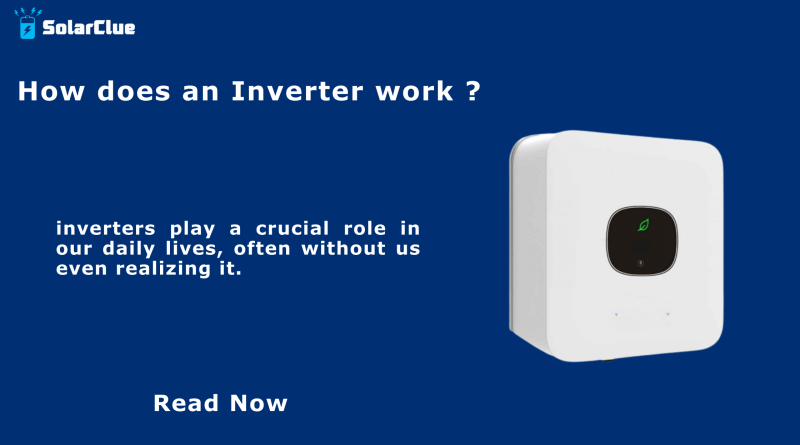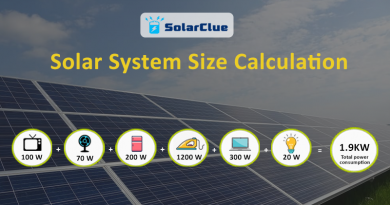How does an Inverter work ?
Hey there! Ever wondered how those Useful inverters work? You know, those magical devices that seem to turn DC into AC power so effortlessly? Well, today we’re diving into the world of inverters to clarify their workings in simple.
Table of Contents
What Exactly is an Inverter?
Let’s start with the basics. An inverter is a gadget that takes direct current (DC) electricity and converts it into alternating current (AC) electricity. Why does this matter? Well, many of our electronic devices—like laptops, TVs, and kitchen appliances—run on AC power. But batteries and solar panels typically generate DC power. That’s where inverters comes in.
Inside the Inverter: The Heart of the Matter
Ever cast a look inside an inverter? No worries if you haven’t. Inside, you’ll find a few key components that work together to perform their magic.
1.DC Input:
At the heart of every inverter is its ability to accept DC power. This is usually from a battery, solar panel, or another DC source. Picture this as the starting point.
2.Converter:
Next up, we have the converter. This part of the inverter takes the incoming DC power and chops it up into small chunks. Think of it like breaking down big pieces of chocolate into bite-sized pieces—it’s about getting the right size and shape for what comes next.
3.Oscillator:
Now, here’s where the real transformation happens. The oscillator takes those chopped-up DC chunks and converts them into a form that looks more like AC power. It’s like a translator that turns one language into another, making sure our devices can understand and use the electricity.
4.Output Filter:
Just before the electricity leaves the inverter, it passes through an output filter. This filter smooths out any rough edges left over from the conversion process. It’s like the final polish on a shiny car—it makes everything look nice and clean.
5.AC Output:
Here you are ! After all these steps, what we get is good old AC power that our appliances can happily use. It’s as if the inverter has performed a magic trick, turning DC into AC right before our eyes.
Practical Applications of Inverters
Now that we know how inverters work, let’s talk about where you might find them in action.
1.Solar Power Systems:
Ever heard of solar panels? They produce DC electricity from sunlight. But since most of our homes and businesses use AC power, inverters are essential here. They convert the DC power from the panels into usable AC power for our lights, TVs, and more.
2.Backup Power:
Imagine a storm knocks out the power. That’s when batteries coupled with inverters come to the rescue. The batteries provide DC power, and the inverter ensures it becomes AC power again, keeping our essentials running until the grid comes back online.
3.RVs and Boats:
When you’re off-grid in an RV or sailing the seas, you rely on batteries for power. Inverters let you use that DC power for your AC appliances, making life on the road or water more comfortable and convenient.
Conclusion
And there you have it—a brief look into the inner workings of inverters, those unsung heroes of modern electricity. From their humble beginnings with DC power to their transformation into AC power that keeps our lives humming smoothly, inverters play a crucial role in our daily lives, often without us even realizing it.
Next time you flip a switch and your favorite device springs to life, remember the journey that electricity took to get there, thanks to the wonders of inverters. It’s a small but mighty world inside those sleek boxes, turning the power of the sun, batteries, and more into the energy we need to power our modern world.
So, here’s to inverters—making our lives easier,, one conversion at a time!
Visit SolarClue® to see the best Solar Inverter. SolarClue® actively sells solar energy products at discounts of up to 50% on its online marketplace.


